HTC 10 vs iPhone 6s
It's metal-on-metal as HTC tries to mount a comeback
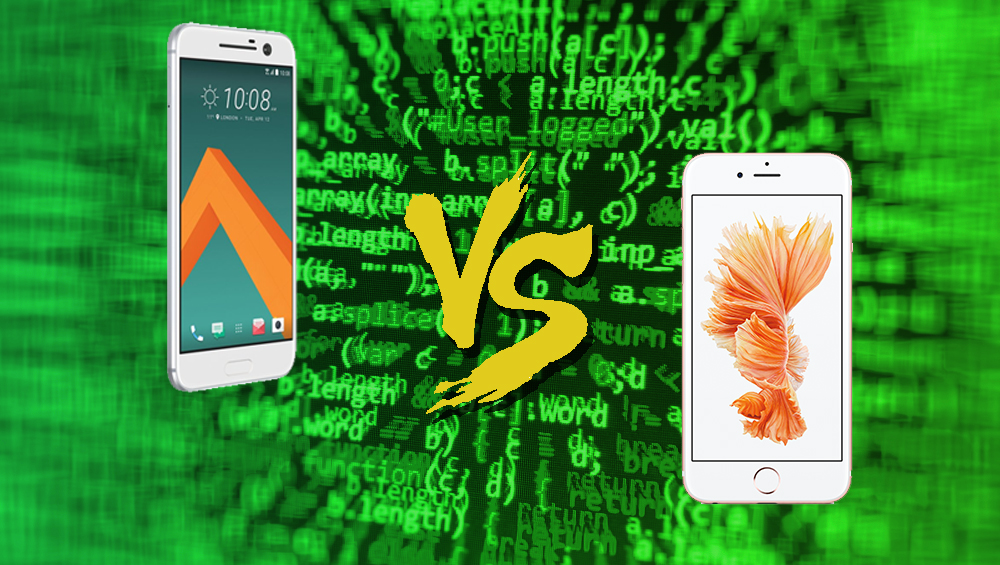
The HTC One A9 was the most blatant aesthetic clone of an Apple iPhone (specifically the 6/6s) that's been released by a big-name smartphone manufacturer in years. HTC has taken a more original route with its oddly-named flagship phone, the HTC 10. It looks like an evolution of the M9 and the other One M-series phones that came before it.
Comparing the HTC 10 on paper against Apple's flagship iPhone 6s reveals plenty of similarities and differences.
Casing and charging
Both phones are made out of unibody metal casings with front-facing fingerprint readers that double as a home buttons, but nonetheless look quite different. The HTC has a gently curved back and noticeable sloping edges, whereas the 6s has a completely flat back with rounded edges. We'll only be able to say for certain which feels more comfortable after extended use with HTC's phone.

If you're fussy about colours, then note that the 10 is only available in grey or silver. The 6s is available in similar shades, as well as pink and gold. While the HTC 10 uses the increasingly common USB-C for charging, the 6s uses Apple's proprietary Lightning port. Both look quite similar with reversible plugs that can be plugged in either way up.
Apple's Touch ID fingerprint reader can be used for tap-to-pay contactless' payments in shops that support Apple Pay as well as for in-app purchases and unlocking the 6s. For now, the HTC 10's fingerprint scanner is limited to just' unlocking your phone - Android Pay isn't yet available in the UK, either in-store or in-app.
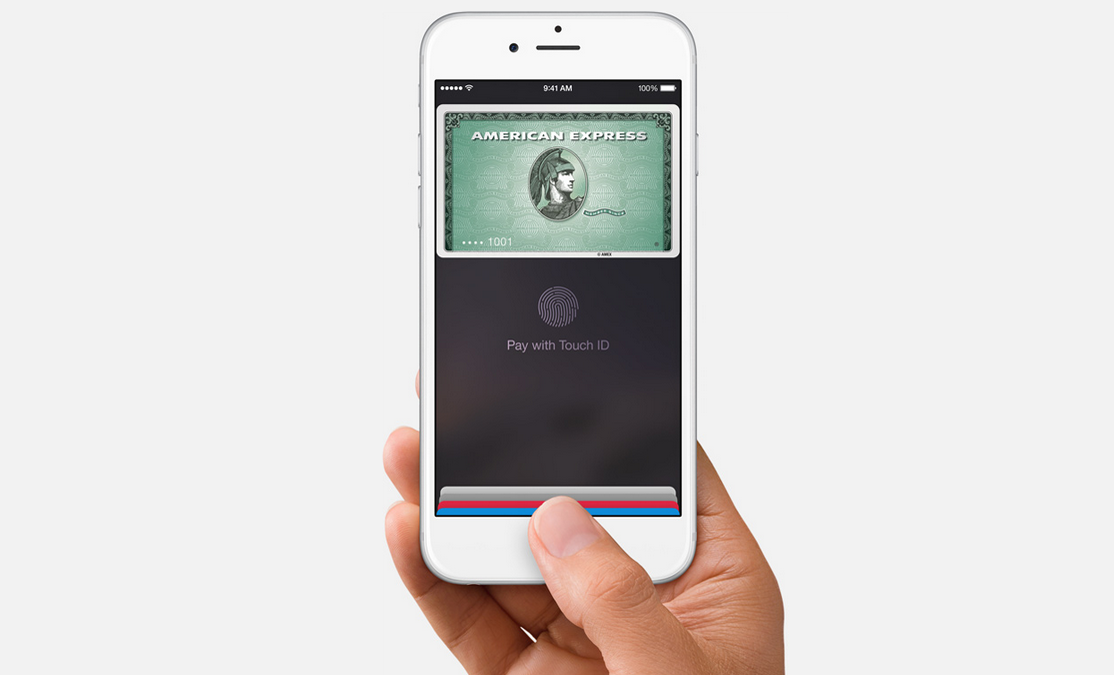
Screen
It remains to be seen how the image quality and brightness of the HTC 10's 5.2in screen will compare against the iPhone 6s' 4.7in display - both companies claim their flagship phone has class-leading colour accuracy. On paper, the HTC 10's higher 2560x1440 resolution and pixel density of 564ppi easily trumps the 1334x750 resolution and 326ppi of the 6s. We doubt any but the most eagle eyed of us will notice the difference in sharpness though.
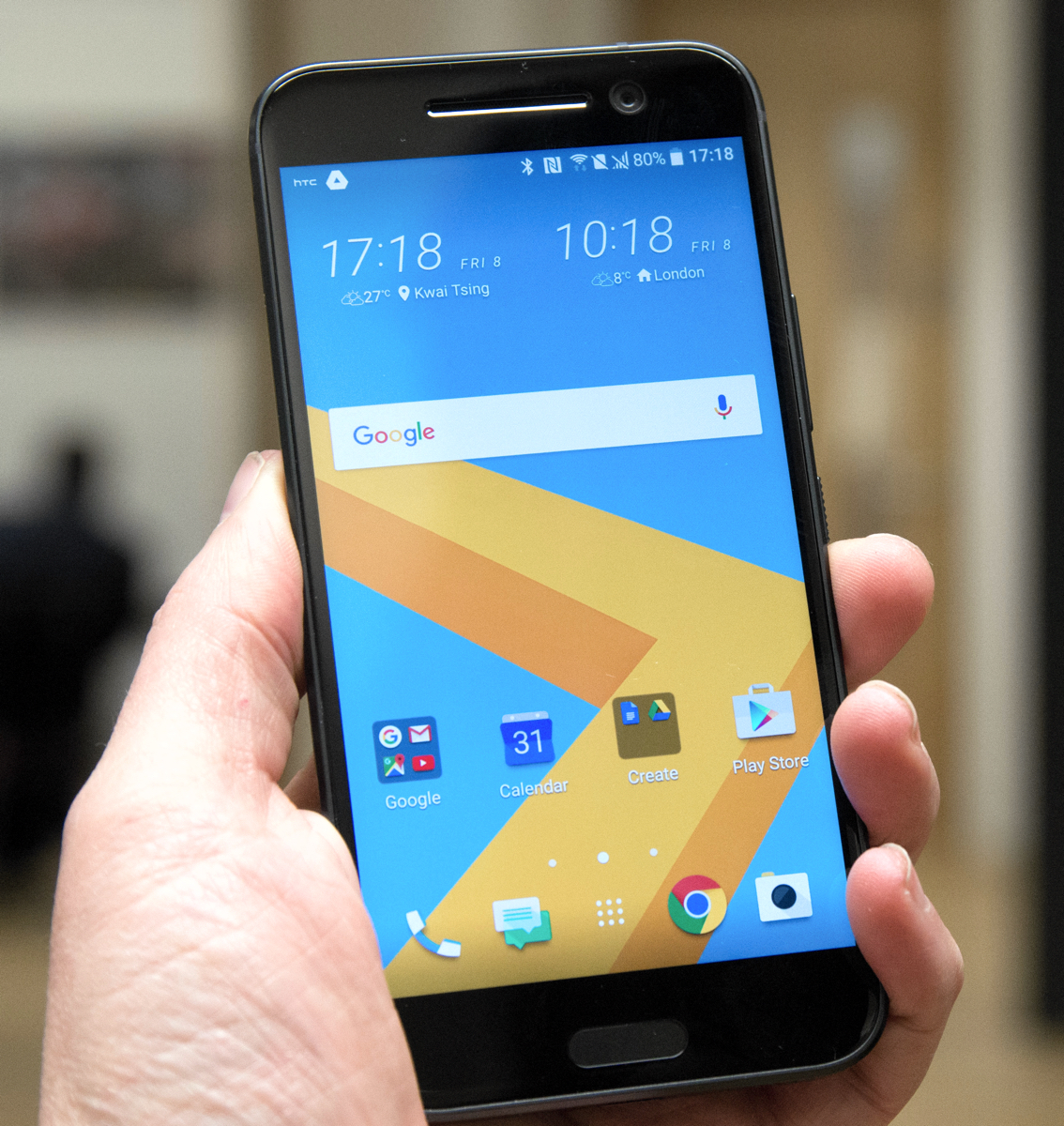
Interestingly, HTC claims the 10's touchscreen is much more responsive than its predecessors. This has always been one of the iPhone's strengths, with competing Android phones needing brute force in the form of quad core processors and 3 or 4GB of RAM to do what Apple can do with dual core chips, half as much memory and better touch subsystem engineering. We're keen to see how the HTC 10 stacks up in the flesh (or the glass).
Sign up today and you will receive a free copy of our Future Focus 2025 report - the leading guidance on AI, cybersecurity and other IT challenges as per 700+ senior executives
The iPhone 6s screen is equipped with Apple's 3D Touch pressure sensitive technology. Although it's not quite as essential as Apple would have you believe, it's still a very convenient way to access shortcuts, among other features, that we suspect we will miss greatly on the HTC 10.
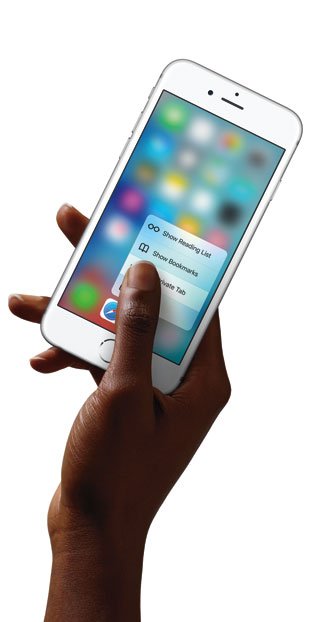
Camera
Apple has doggedly stuck with f2.2 rear-facing camera lenses on its iPhones for a while now, opting to optimise the sensor in other ways to improve image quality. We suspect the f2.2 12 megapixel rear camera of the 6s will get some stiff competition from HTC. The Taiwanese company has fitted the 10 with a f1.8 12 megapixel shooter that also has slightly larger pixels than those of the 6s. All this should theoretically add up to better low light photography than Apple's already excellent camera.

HTC has also applied the same wide aperture, as well as a wide angle lens, to the front-facing five megapixel camera which, again, theoretically trumps Apple's video conferencing and selfie-taking front-facing f2.2 five megapixel camera.
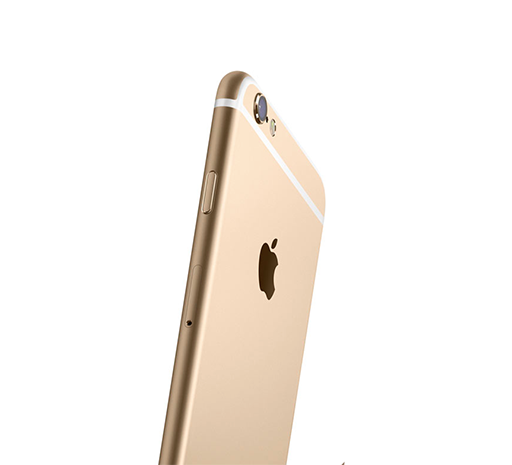
Performance and Storage
The HTC 10 will come with a quad core Qualcomm Snapdragon 820 processor and 4GB of memory. That doesn't necessarily mean it will leave the iPhone 6s in the dust though. Its 2GB of memory and dual core A9 processors punch well above their weight, holding their own or topping the charts in almost all our benchmarks. We suspect the two will be even matched in all but our most heavily multithreaded tests where the Snapdragon's extra cores will finally prove their worth.
The iPhone 6s is available in 16, 64 and 128GB capacities with no option to expand that later, as has always been the case with iPhones. The HTC 10 is more flexible, allowing you to cheaply boost its 32 or 64GB of storage using micro SD cards. These are also handy for transferring files if your internet access is slow or unreliable.
OS
The iPhone 6s uses, of course, iOS so you'll get the latest updates as soon as they're available (pending congested servers and your own broadband connection, of course). Updates won't be as prompt with Android on the HTC 10, but, if history is any guide, the lag will only be a few weeks, possibly a couple of months behind the Google Nexus range.

HTC has revamped its Sense interface skin so it's more in keeping with the Material Design look of Android Marshmallow. Blinkfeed is still present in Google Now's usual place to the left of the first home screen. You can turn Blinkfeed off, but you can only restore Google Now to its rightful place using a custom launcher, such as Google's own Now Launcher. Otherwise, Sense should be less cluttered with fewer duplicate Google and HTC apps than before. That's a problem iOS thankfully doesn't have to deal with, but HTC's final efforts remain to be seen.
Speakers and extras
The iPhone 6s has surprisingly loud speakers for a phone, but they paled into comparison next to the voluminous and surprisingly well-balanced front-facing speakers of the HTC One M9. Unfortunately, HTC has done away with those BoomSound speakers on the 10. HTC does claim the 10 supports high-resolution audio using compatible headphones, but we're not convinced that most people will notice the alleged benefits of that format.
Apple produces its own range of silicone and leather cases for the iPhone 6s. HTC has a more elaborate case with a frosted-glass-style screen cover that's just transparent enough to let you see basic, at-a-glance information, such as the date and time, on-screen without fully waking the phone. It also supports basic shortcuts, such as swiping down from the top of the screen to rapidly launch the camera.
-
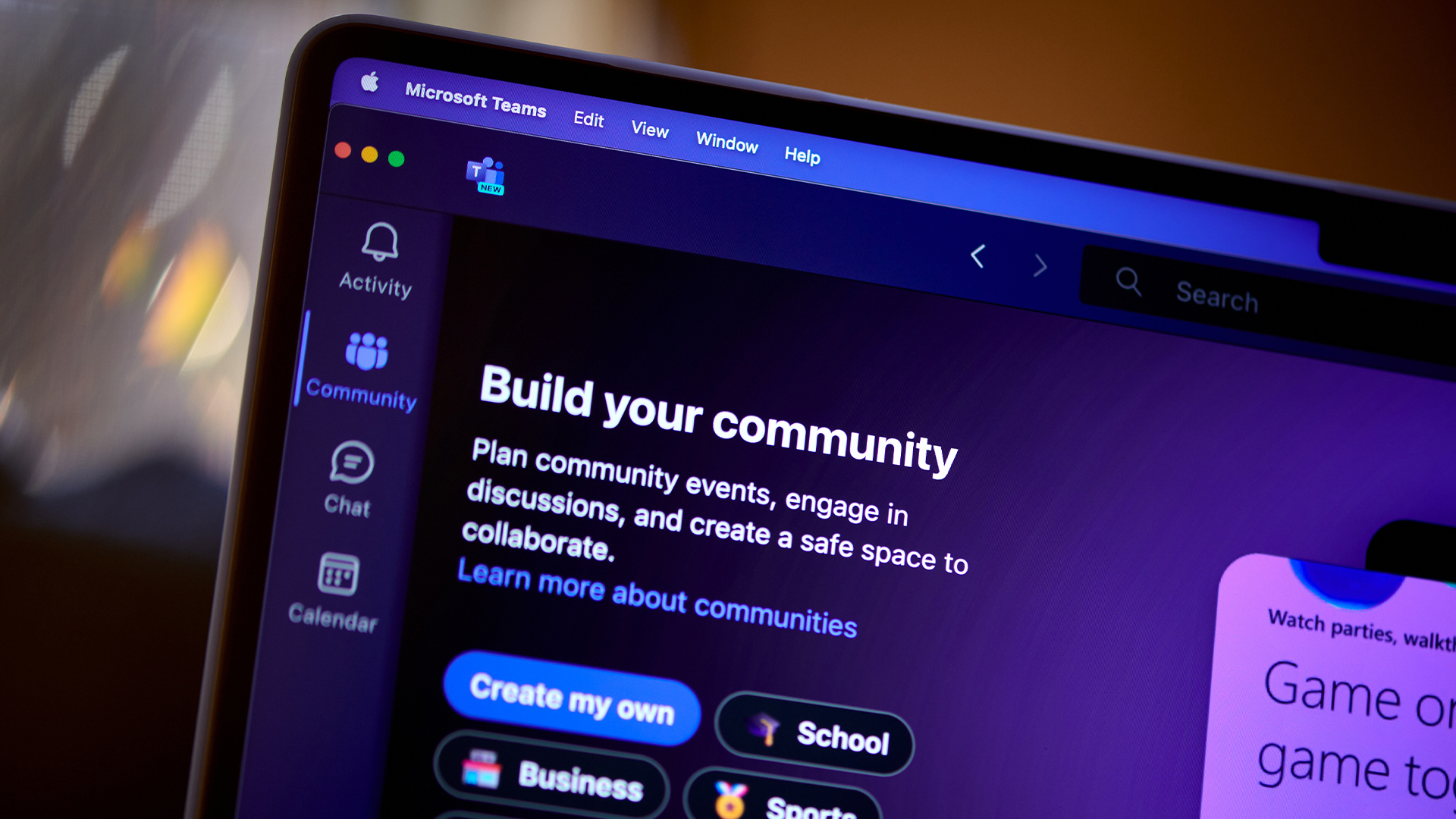 Microsoft Teams is getting a feature that lets bosses snoop on staff
Microsoft Teams is getting a feature that lets bosses snoop on staffNews A new location tracking feature in Microsoft Teams will make it easier to keep tabs on your colleague's activities – and for your boss to know exactly where you are.
-
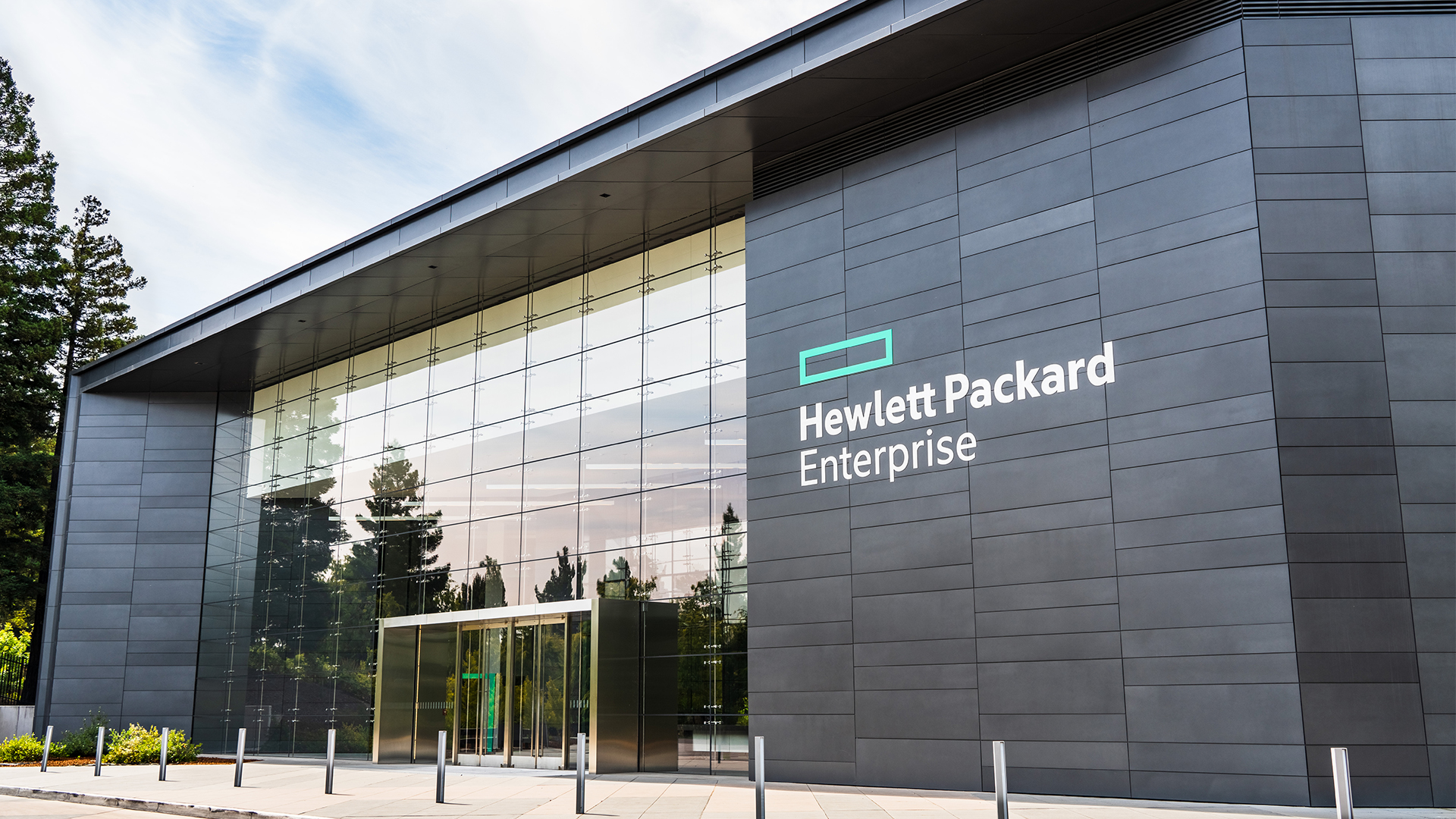 Veeam and HPE eye simplified data resilience with expanded alliance
Veeam and HPE eye simplified data resilience with expanded allianceNews The pair’s latest collaboration sees the introduction of next-gen data protection services to help eliminate risk across modern enterprise applications
-
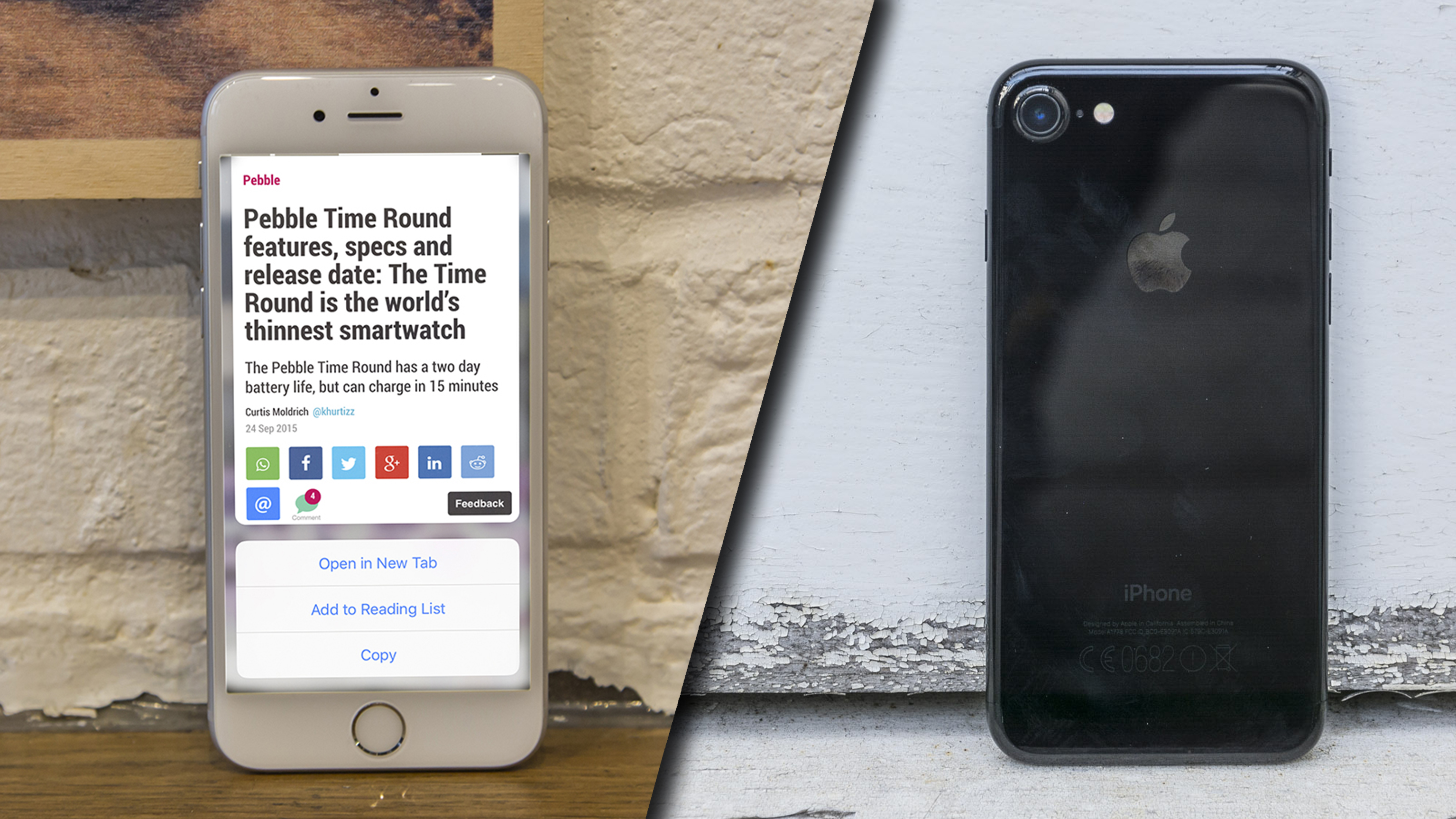 iPhone 7 vs iPhone 6s: head to head review
iPhone 7 vs iPhone 6s: head to head reviewVs How Apple's iPhone 7 and 7 Plus compare to their predecessors
-
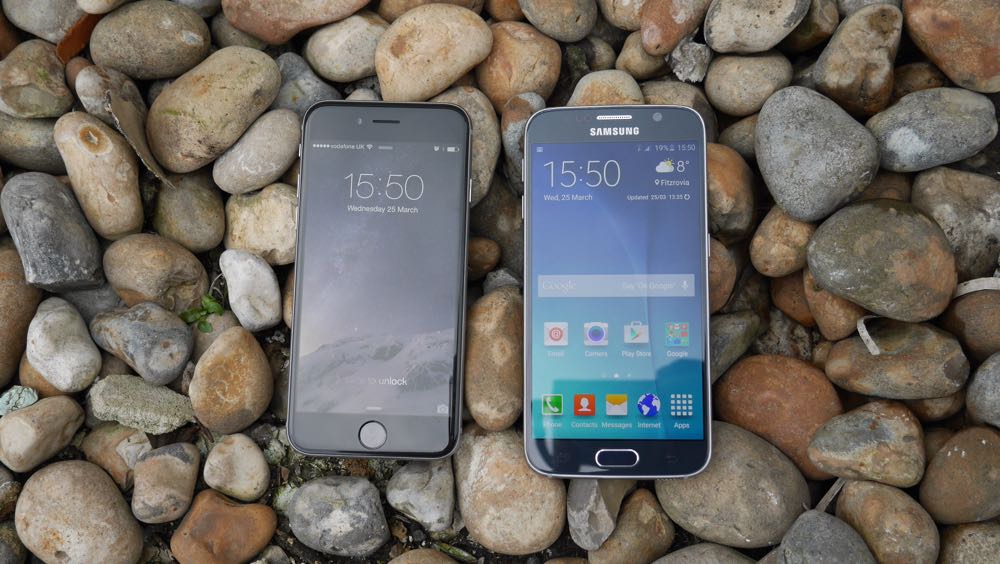 Samsung Galaxy S7 vs Apple iPhone 6s
Samsung Galaxy S7 vs Apple iPhone 6sVs We put the current iPhone 6s and the new Galaxy S7 head-to-head
-
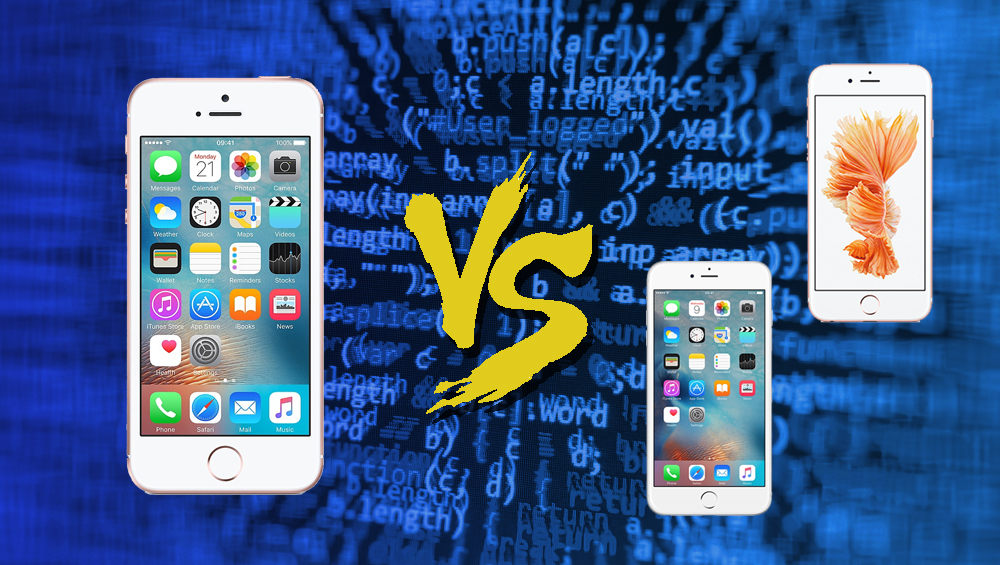 iPhone SE vs iPhone 6s vs iPhone 6
iPhone SE vs iPhone 6s vs iPhone 6Vs We look at how Apple's newest iPhone stacks up against its big brothers
-
 Are iPhone sales set for a record slump?
Are iPhone sales set for a record slump?News Apple is expected to report its lowest ever growth in smartphone sales
-
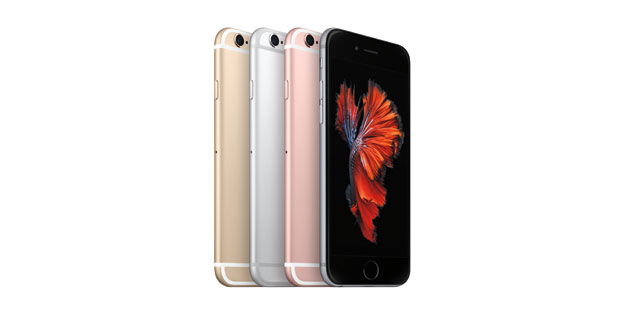 Apple faces mega bill after losing iPhone and iPad chip patent dispute
Apple faces mega bill after losing iPhone and iPad chip patent disputeNews And a new lawsuit is targeting the A9 and A9X processors in the iPhone 6s and iPad Pro